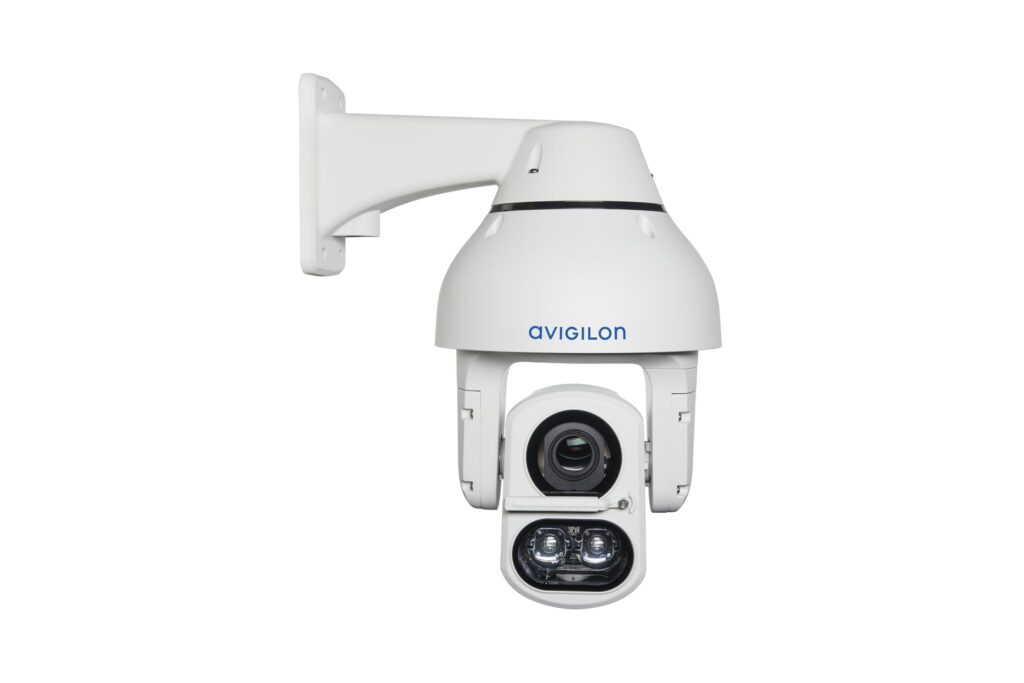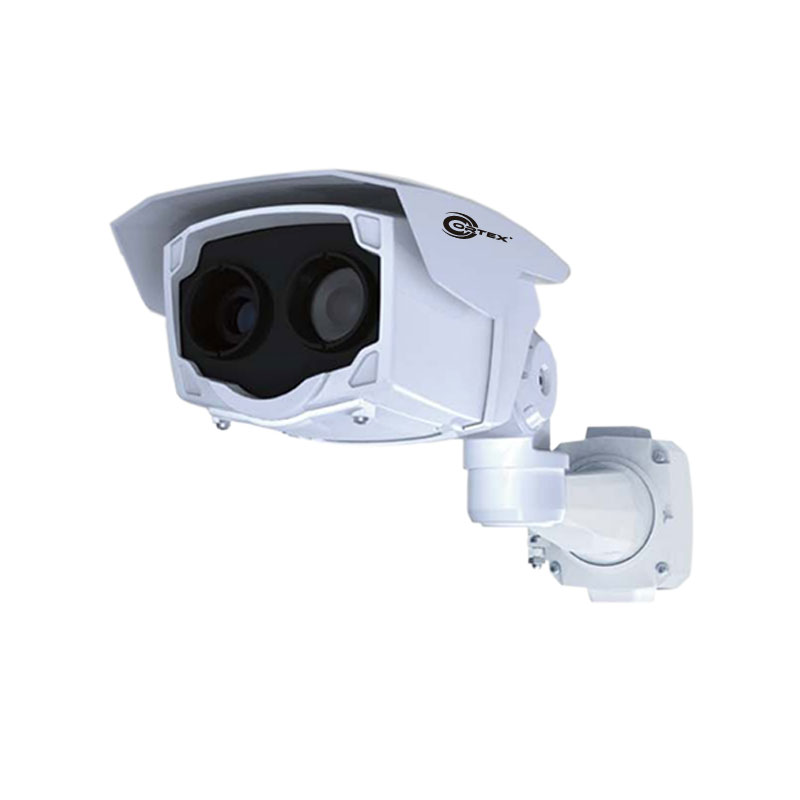CCTV Camera
Dom Camera

Specification
- Resolution: Full HD (1080p) or higher resolution for clear and detailed images.
- Camera Type: Dome camera, either fixed or PTZ (Pan-Tilt-Zoom).
- Image Sensor: High-quality image sensor for improved sensitivity in various lighting conditions.
- Lens Type: Varifocal lens for adjustable focal length or a fixed lens, depending on the model.
- Field of View (FOV): Wide-angle view for comprehensive coverage, typically ranging from 90 to 120 degrees.
- Night Vision: Infrared (IR) LEDs for effective night vision, providing clear images in low-light or complete darkness.
- Weather Resistance: Vandal-resistant and weatherproof housing for reliable outdoor use.
- Mounting: Various mounting options for ceiling or wall installation.
- Power Source: Power over Ethernet (PoE) or standard power supply, depending on the installation setup.
- Connectivity: Wired or wireless options, with compatibility for network connection (IP cameras).
- Audio: Optional two-way audio for communication capabilities.
- Storage: Compatibility with onboard storage (SD card) or connection to external storage devices/NVRs.
- Remote Access: Ability to connect to the camera remotely for live viewing and configuration adjustments.
- Motion Detection: Built-in motion sensors for triggering alerts and recording when motion is detected.
- Dimensions and Weight: Compact and lightweight design for easy installation.
- Compatibility: Integration with common video management systems (VMS) and third-party applications.
- Mobile App Support: Compatibility with mobile apps for remote monitoring via smartphones and tablets.
Bullet Camera

Specification
- Resolution: Full HD (1080p) or higher resolution for clear and detailed images.
- Camera Type: Bullet camera, designed for outdoor surveillance.
- Image Sensor: High-quality image sensor for improved sensitivity in various lighting conditions.
- Lens Type: Varifocal or fixed lens, depending on the model.
- Field of View (FOV): Variable field of view, typically ranging from 60 to 90 degrees.
- Night Vision: Infrared (IR) LEDs for effective night vision, providing clear images in low-light or complete darkness.
- Weather Resistance: Weatherproof and often vandal-resistant housing suitable for outdoor use.
- Mounting: Typically designed for wall or ceiling mounting.
- Power Source: Power over Ethernet (PoE) or standard power supply, depending on the installation setup.
- Connectivity: Wired or wireless options, with compatibility for network connection (IP cameras).
- Audio: Optional two-way audio for communication capabilities.
- Storage: Compatibility with onboard storage (SD card) or connection to external storage devices/NVRs.
- Remote Access: Ability to connect to the camera remotely for live viewing and configuration adjustments.
- Motion Detection: Built-in motion sensors for triggering alerts and recording when motion is detected.
- Dimensions and Weight: Compact and lightweight design for easy installation.
- Compatibility: Integration with common video management systems (VMS) and third-party applications.
- Mobile App Support: Compatibility with mobile apps for remote monitoring via smartphones and tablets.
Bullet Camera

Specification
- Resolution:Specified in pixels, indicating the clarity of the captured video. Common resolutions include Full HD (1080p) or higher.
- Image Sensor: CCD (Charge-Coupled Device) or CMOS (Complementary Metal-Oxide-Semiconductor). CMOS sensors are more common in modern PTZ cameras.
- Low-Light Performance: The minimum amount of light required for the camera to produce a usable image.
- Infrared (IR) Capability:If the camera has infrared capabilities, this specification indicates the distance over which the IR illuminators can provide visibility in low-light or complete darkness.
- Field of View:Horizontal and Vertical Field of View
- Video Compression:Common standards include H.264 and H.265, determining how video data is compressed for storage and transmission.
- Network Connectivity:
Ethernet Port: For wired connections.
Wi-Fi Capability: For wireless connectivity.
- Pan-Tilt-Zoom Functionality:
Pan Range: Typically measured in degrees, indicating the horizontal rotation range of the camera.
Tilt Range: Also measured in degrees, indicating the vertical rotation range of the camera.
Zoom: Indicates the camera’s ability to zoom in and out, usually specified as optical zoom (e.g., 10x, 20x) and sometimes digital zoom.
- Power Supply:Power Over Ethernet (PoE) allows the camera to be powered and transmit data over a single Ethernet cable.
- Weather Resistance:Indicates the camera’s resistance to dust and water. For outdoor use, a higher IP rating is preferable.
- Audio Capability:Enables two-way audio communication.
- Mounting Options:Ceiling, Wall, or Pole Mounting.
IP Cameras

Specification
- Resolution: Full HD (1080p) or higher resolution for clear and detailed images.
- Camera Type: Dome camera, either fixed or PTZ (Pan-Tilt-Zoom).
- Image Sensor: High-quality image sensor for improved sensitivity in various lighting conditions.
- Lens Type: Varifocal lens for adjustable focal length or a fixed lens, depending on the model.
- Field of View (FOV): Wide-angle view for comprehensive coverage, typically ranging from 90 to 120 degrees.
- Night Vision: Infrared (IR) LEDs for effective night vision, providing clear images in low-light or complete darkness.
- Weather Resistance: Vandal-resistant and weatherproof housing for reliable outdoor use.
- Mounting: Various mounting options for ceiling or wall installation.
- Power Source: Power over Ethernet (PoE) or standard power supply, depending on the installation setup.
- Connectivity: Wired or wireless options, with compatibility for network connection (IP cameras).
- Audio: Optional two-way audio for communication capabilities.
- Storage: Compatibility with onboard storage (SD card) or connection to external storage devices/NVRs.
- Remote Access: Ability to connect to the camera remotely for live viewing and configuration adjustments.
- Motion Detection: Built-in motion sensors for triggering alerts and recording when motion is detected.
- Dimensions and Weight: Compact and lightweight design for easy installation.
- Compatibility: Integration with common video management systems (VMS) and third-party applications.
- Mobile App Support: Compatibility with mobile apps for remote monitoring via smartphones and tablets.
Thermal Cameras:

Specification
- Resolution: Full HD (1080p) or higher resolution for clear and detailed images.
- Camera Type: Bullet camera, designed for outdoor surveillance.
- Image Sensor: High-quality image sensor for improved sensitivity in various lighting conditions.
- Lens Type: Varifocal or fixed lens, depending on the model.
- Field of View (FOV): Variable field of view, typically ranging from 60 to 90 degrees.
- Night Vision: Infrared (IR) LEDs for effective night vision, providing clear images in low-light or complete darkness.
- Weather Resistance: Weatherproof and often vandal-resistant housing suitable for outdoor use.
- Mounting: Typically designed for wall or ceiling mounting.
- Power Source: Power over Ethernet (PoE) or standard power supply, depending on the installation setup.
- Connectivity: Wired or wireless options, with compatibility for network connection (IP cameras).
- Audio: Optional two-way audio for communication capabilities.
- Storage: Compatibility with onboard storage (SD card) or connection to external storage devices/NVRs.
- Remote Access: Ability to connect to the camera remotely for live viewing and configuration adjustments.
- Motion Detection: Built-in motion sensors for triggering alerts and recording when motion is detected.
- Dimensions and Weight: Compact and lightweight design for easy installation.
- Compatibility: Integration with common video management systems (VMS) and third-party applications.
- Mobile App Support: Compatibility with mobile apps for remote monitoring via smartphones and tablets.
360-Degree Cameras:

Specification
- Resolution:Specified in pixels, indicating the clarity of the captured video. Common resolutions include Full HD (1080p) or higher.
- Image Sensor: CCD (Charge-Coupled Device) or CMOS (Complementary Metal-Oxide-Semiconductor). CMOS sensors are more common in modern PTZ cameras.
- Low-Light Performance: The minimum amount of light required for the camera to produce a usable image.
- Infrared (IR) Capability:If the camera has infrared capabilities, this specification indicates the distance over which the IR illuminators can provide visibility in low-light or complete darkness.
- Field of View:Horizontal and Vertical Field of View
- Video Compression:Common standards include H.264 and H.265, determining how video data is compressed for storage and transmission.
- Network Connectivity:
Ethernet Port: For wired connections.
Wi-Fi Capability: For wireless connectivity.
- Pan-Tilt-Zoom Functionality:
Pan Range: Typically measured in degrees, indicating the horizontal rotation range of the camera.
Tilt Range: Also measured in degrees, indicating the vertical rotation range of the camera.
Zoom: Indicates the camera’s ability to zoom in and out, usually specified as optical zoom (e.g., 10x, 20x) and sometimes digital zoom.
- Power Supply:Power Over Ethernet (PoE) allows the camera to be powered and transmit data over a single Ethernet cable.
- Weather Resistance:Indicates the camera’s resistance to dust and water. For outdoor use, a higher IP rating is preferable.
- Audio Capability:Enables two-way audio communication.
- Mounting Options:Ceiling, Wall, or Pole Mounting.
NVR & DVR

